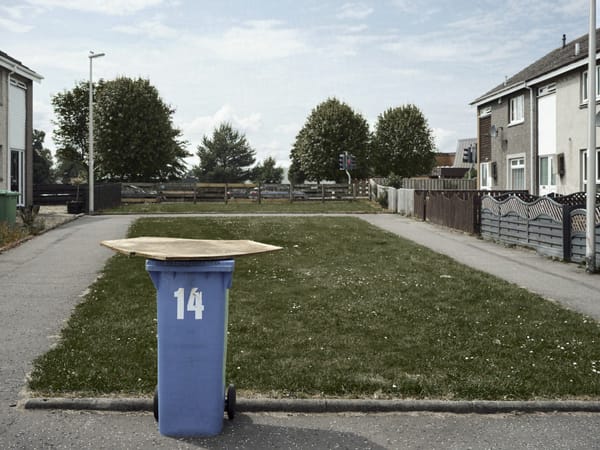A digital alternative process
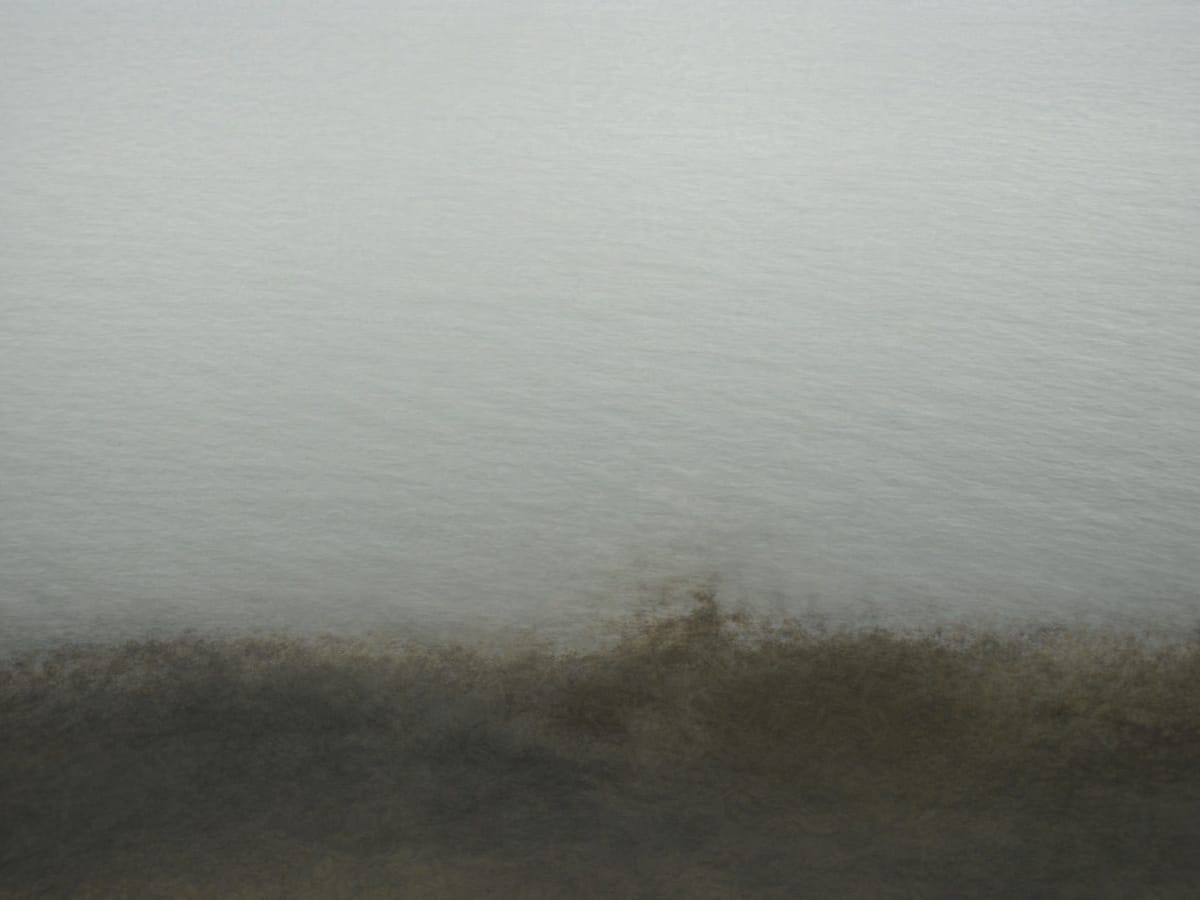
In case you haven’t been following along, I’m currently working on my Final Major Project for my MA in Photography. Over the last couple of years I’ve steadily moved from a traditional documentary practice towards something much more experimental and (to me at least) exciting.
But sometimes I really miss the steady comfort of knowing what I’m doing. I might have struggled with other things back then, in terms of underlying layers of meaning for example; but at least I knew how to make a “good” image. Now, I’m not even sure what that means any more.
I always believed that knowing your equipment and processes to the point where they became invisible in your practice was the way forward. The process I’m using now, even though it all stems from mathematics, is giving me such randomness in the end result that I’m finding it hard to even get close to repeating a result from one image to the next.
I think this might be because, as has been my want for a while now, I’m stretching these processes beyond their intended limits. I’m using a process called stacking, which is used in lots of photography niches. It’s primarily used to increase depth of field (focus stacking) by layering near identical images of the same subject where the only difference is the focus point, for example.
It’s also a necessary component of astrophotography, where it’s used to significantly reduce noise by stacking and joining hundreds of images. In my previous project, Shape of a Hyperobject, I deliberately stretched this process to breaking point because I wanted artefacts of the process to appear in the final result.
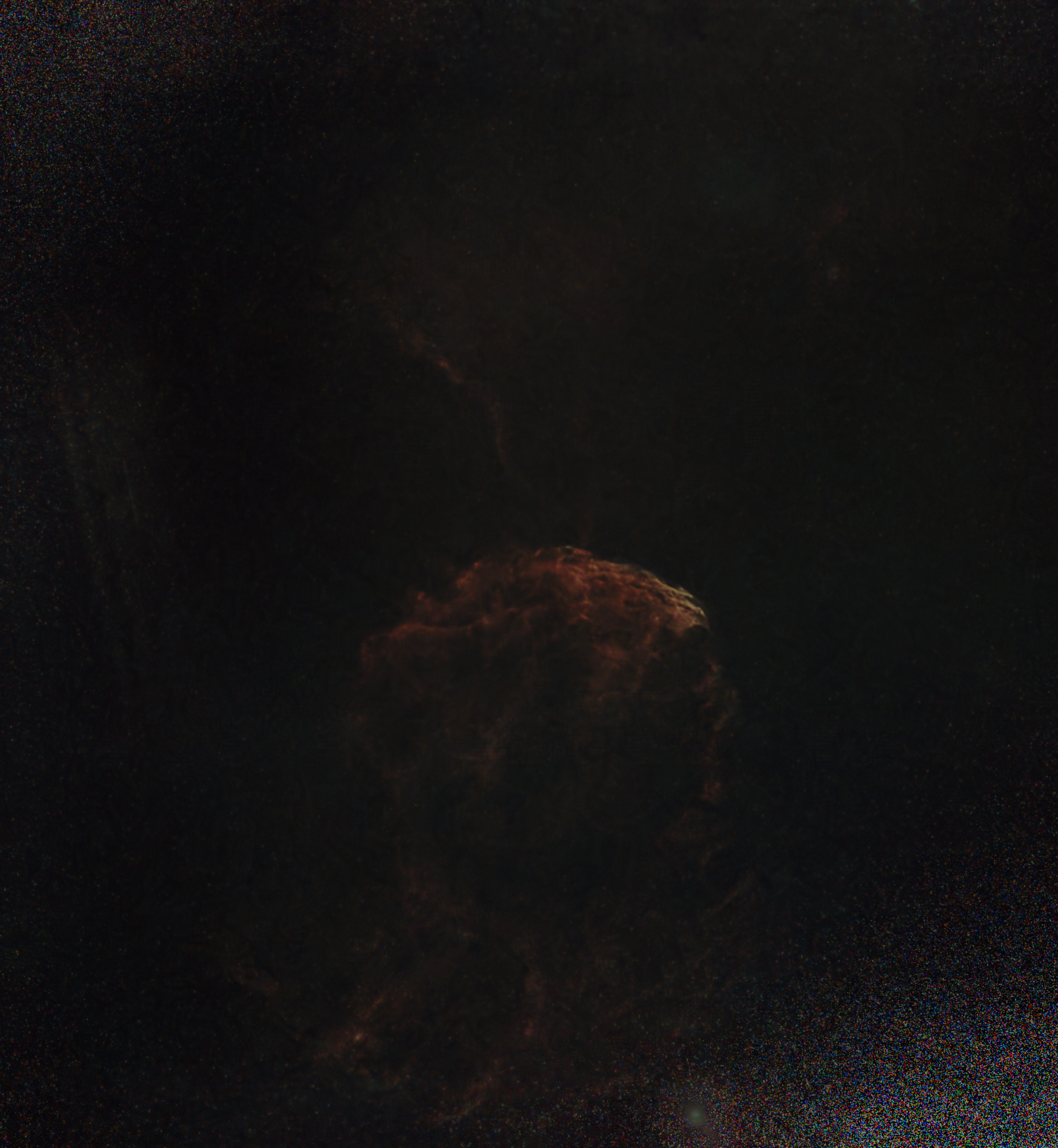
So it is here too I think. I layer images of the same subject on top of one another to speak to the notion of multiple possible futures and pasts in one space, but these images are not carefully registered or even made from the same perspective. I deliberately move around the scene in a specific way to try and produce images that are recognisably something, but not recognisable enough for the viewer to know precisely what something it is.
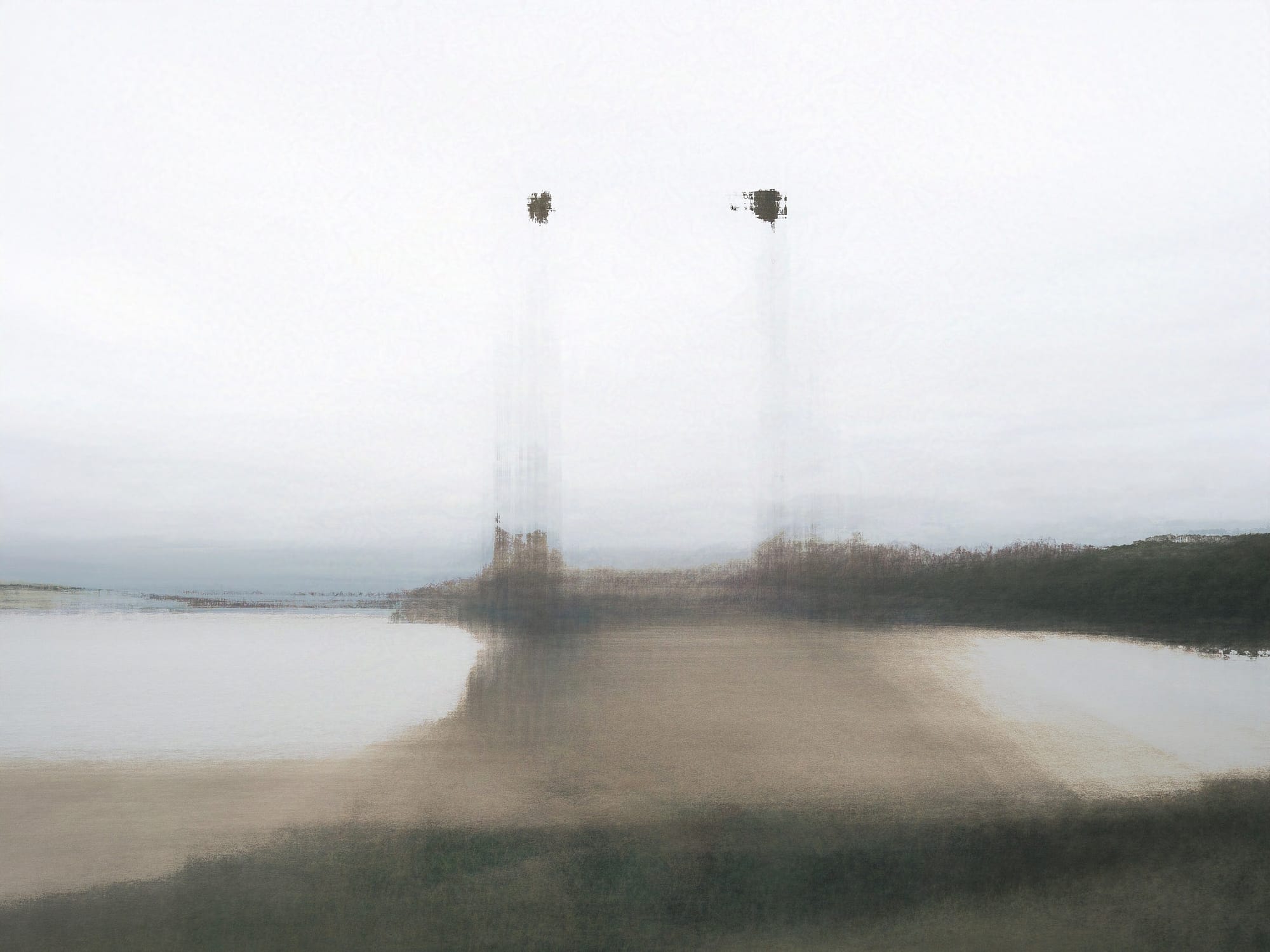
These can change radically depending on the different mathematical modes I use to stack them. My experiments so far have helped me establish, at least what I don’t want to do. They’ve also helped me figure out that a specific dance in terms of the way I move the camera around the subject, imagined as a cross or a T from a top down view, gives me the best chance of getting something close to what I want.
The differences from image to image are so large, despite using the same couple of mathematical functions to make them - and largely the same movements, although geography often restricts me here - that I can only conclude that the randomness occurs because there are so many other elements at play:
- colours of objects
- size of the main feature in the image vs the complexity of the background it sits in front of
- the focal length of the lens and how it renders perspective
- or simply how I move around the object vs that focal length.
That’s far from an exhaustive list either.
It makes it hard to create a predictable process. So much so that I’ve come to the conclusion that what I’m doing right now is the digital equivalent of an alternative process, complete with frustrations in terms of taming the randomness that comes along with it.
In a way I think that might be an unfair comparison, because in much analog work there is the potential for a systematic and scientific approach to method, which can then lead to repeatable and controllable results.
Here, despite a huge process of elimination and a relatively scientific approach to experimentation, I remain unconvinced that, from subject to subject, I can get consistent results.
Below is a series of pairs of images which use the same set of images and similar methods to stack. It's a maddening process, and I'm beginning to think nobody else has used stacking in this way. I mean why would they? Why try to break a process like this? Am I doing something new here, simply as a function of the idiocy of the idea?
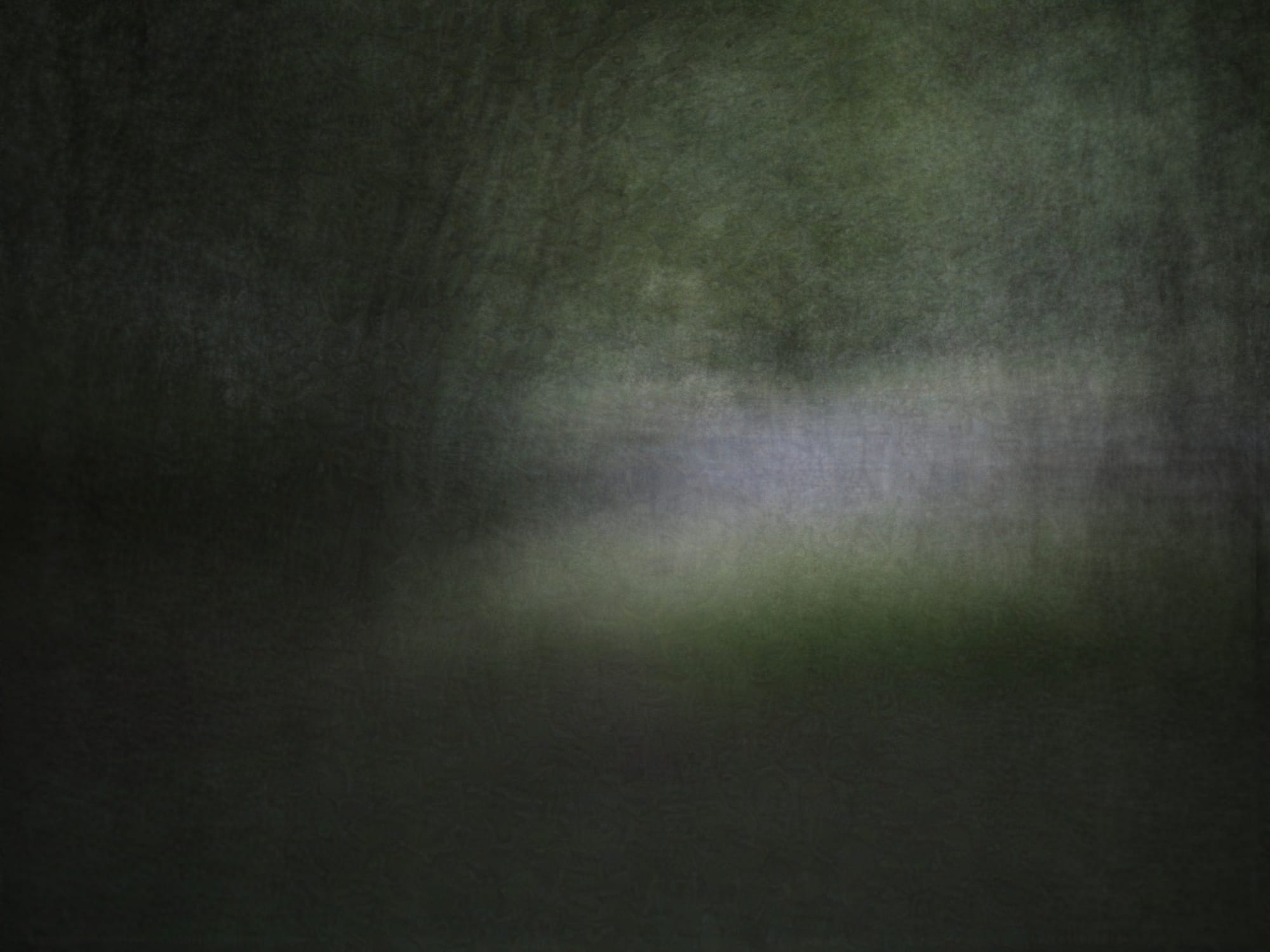
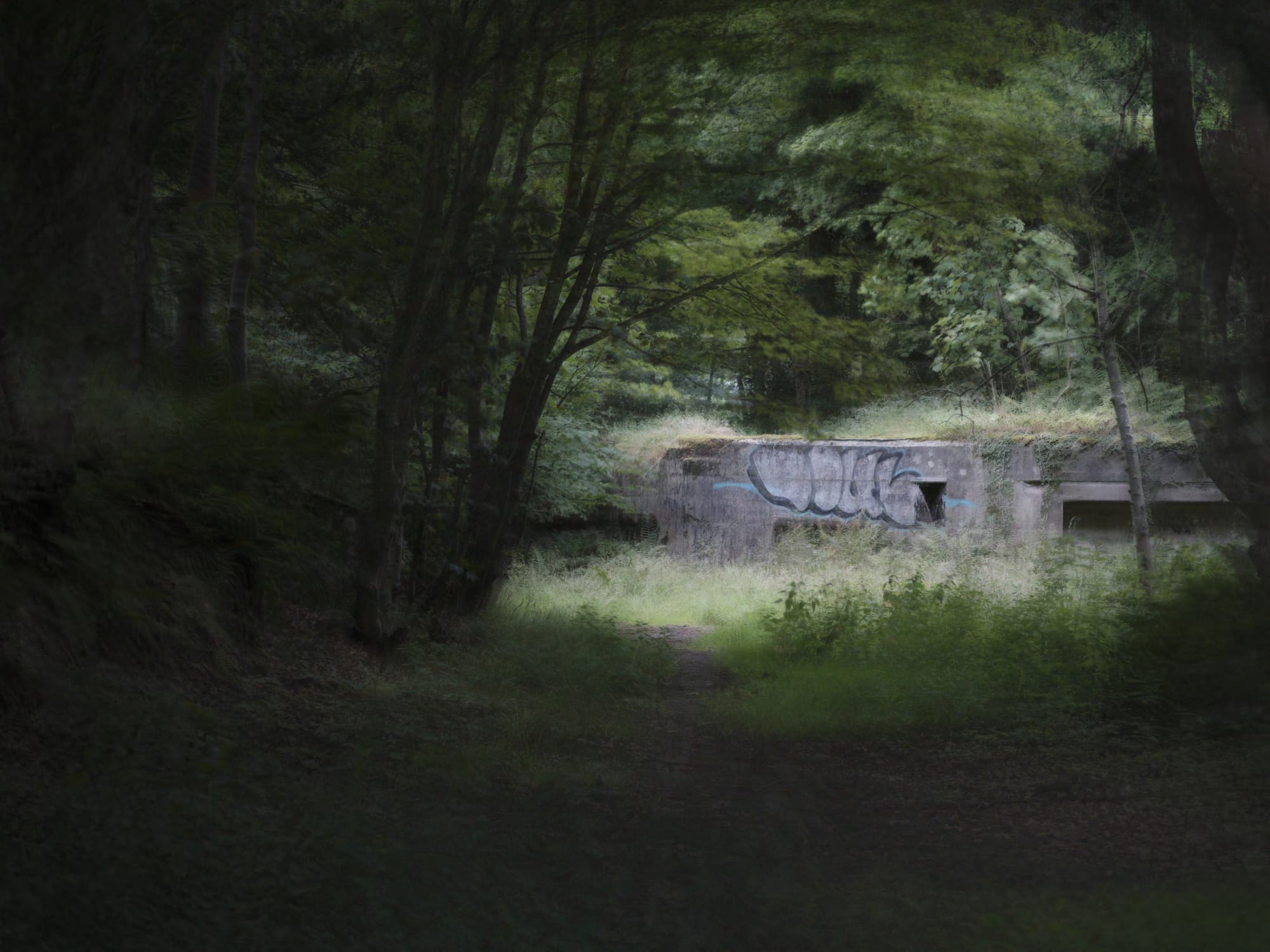
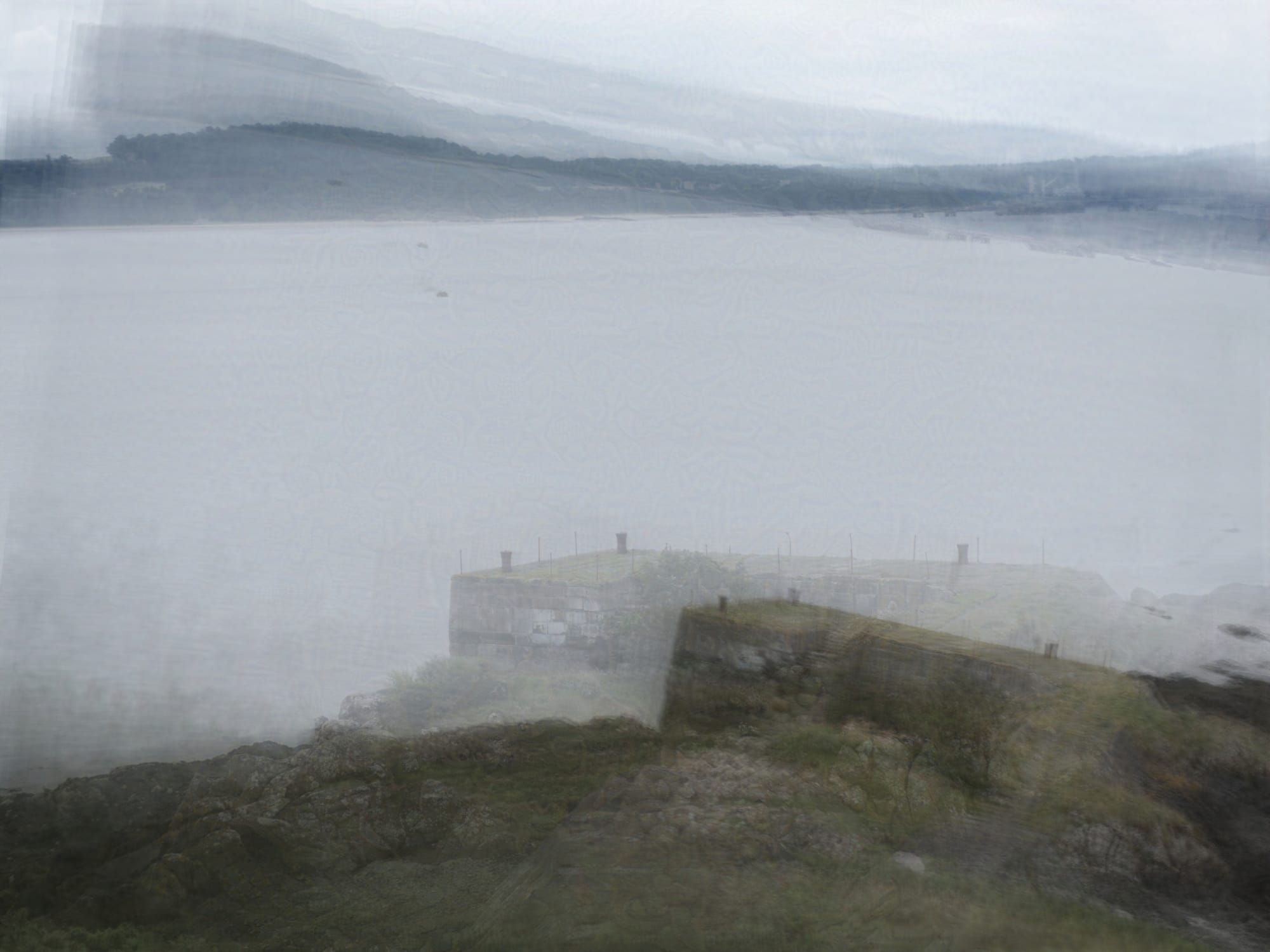
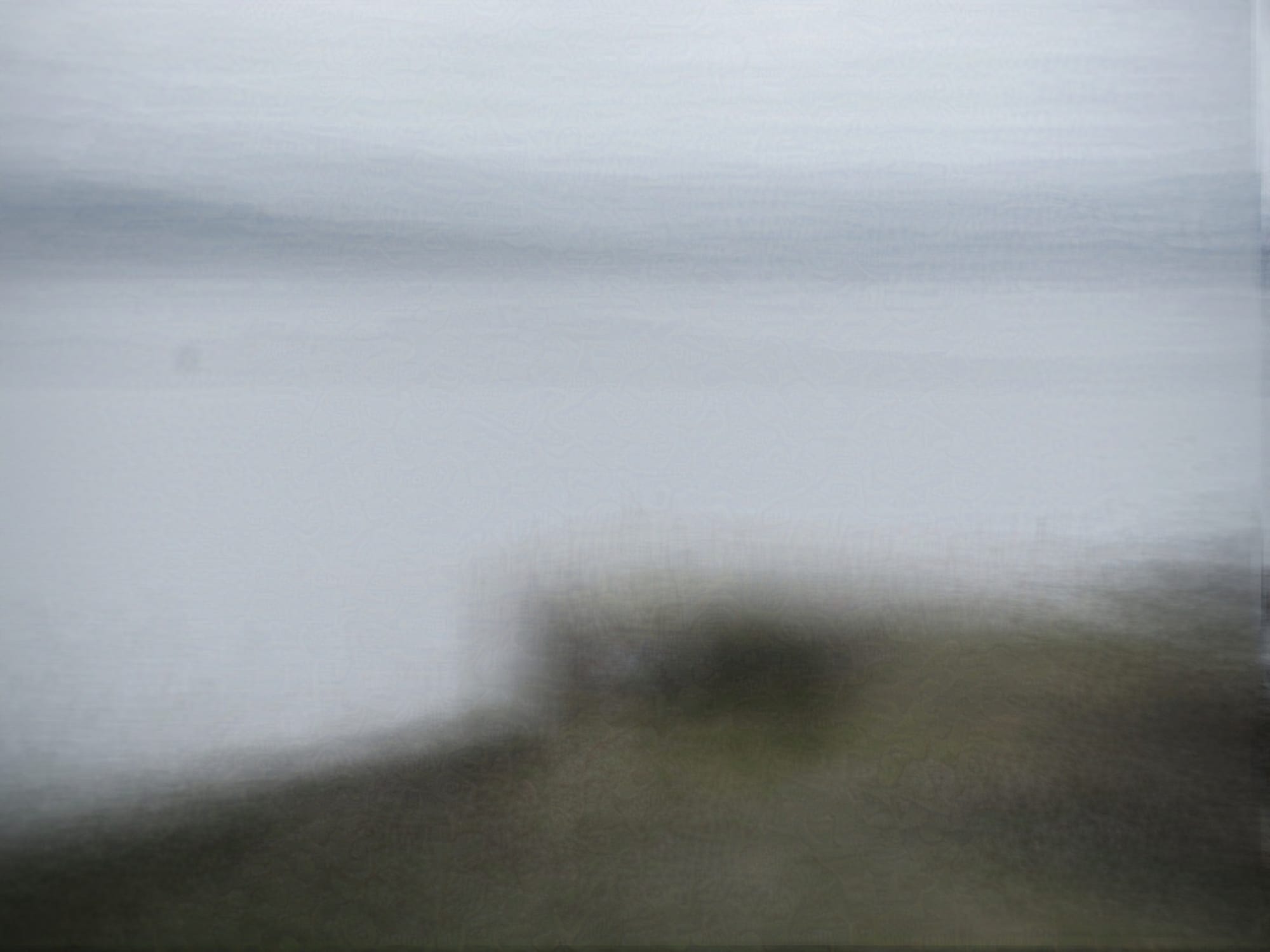
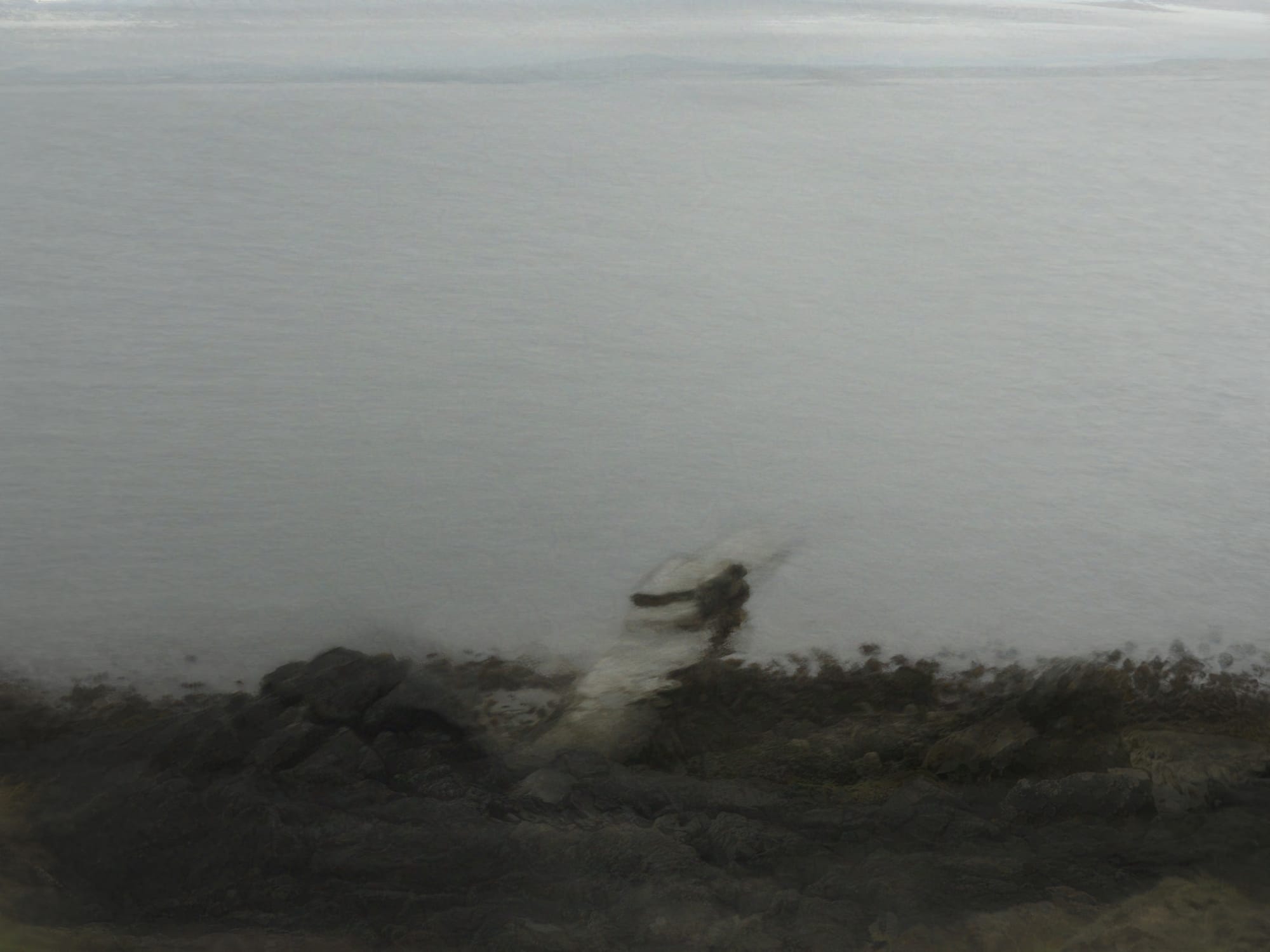
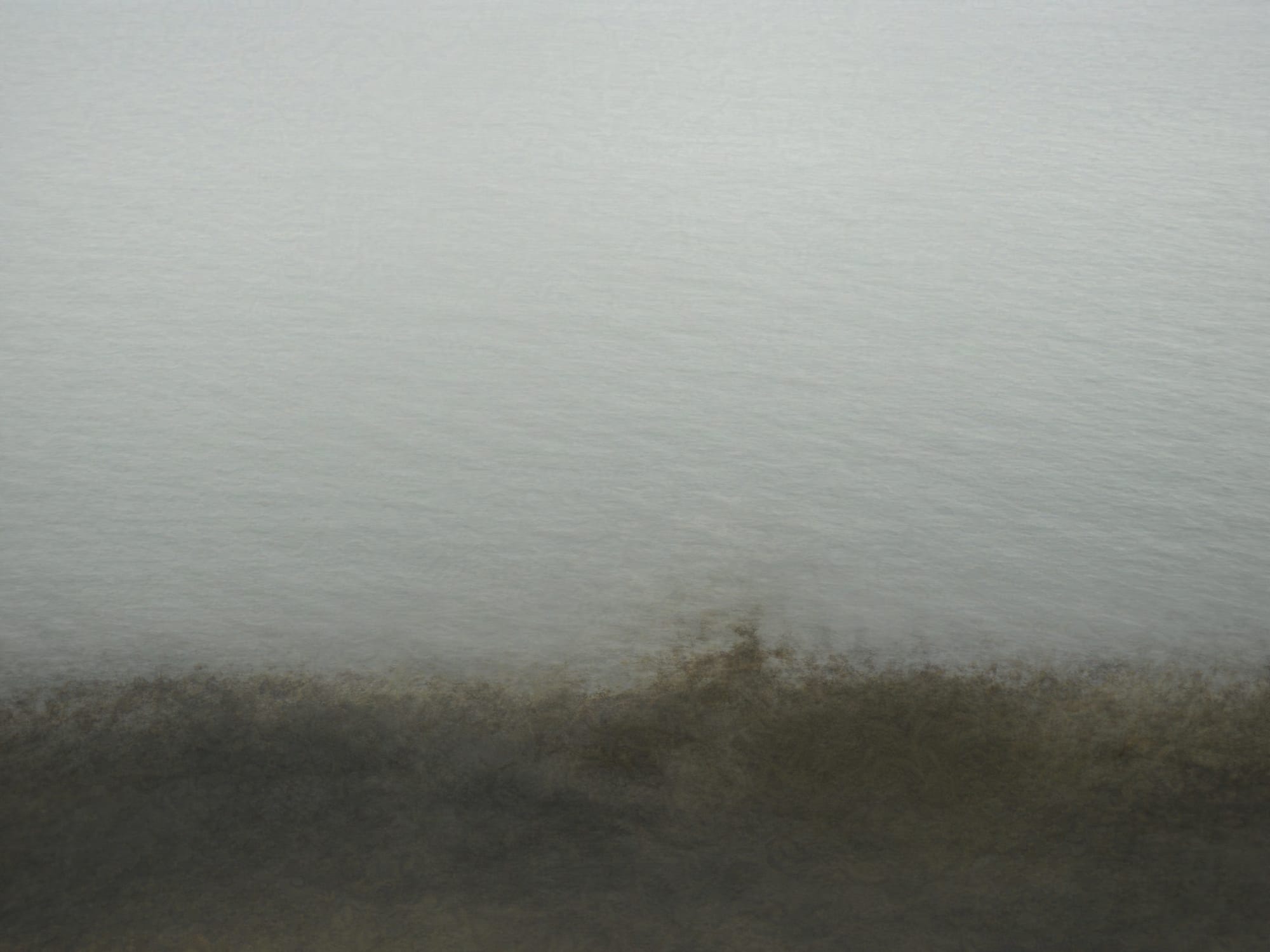
What I have to work out now, is to what extent any of that matters, and how much I can pull things together with colour palette, for example. I don’t think another month of experimentation will cut it. I think I’d need much longer to even understand the mathematics that are going on with these stacking methods, and I don’t have long enough to keep messing around.
My thinking is that one way I can pull these disparate results together is to combine them with text, something I’ve played with in previous modules. So that might be a way forward.
I have other issues I need to fix as well. The main one being that I’m struggling to find an exhibition space (turns out mid-Edinburgh Festival is a bad time to approach galleries. Who knew?), and I may have to think about a book instead.
I was struggling to manage my time efficiently too, but I think I’ve fixed that by doing an online project management course which has helped me immensely. I’ve got a time-blocked calendar now, with a kanban board and even a Gantt chart to go alongside it!
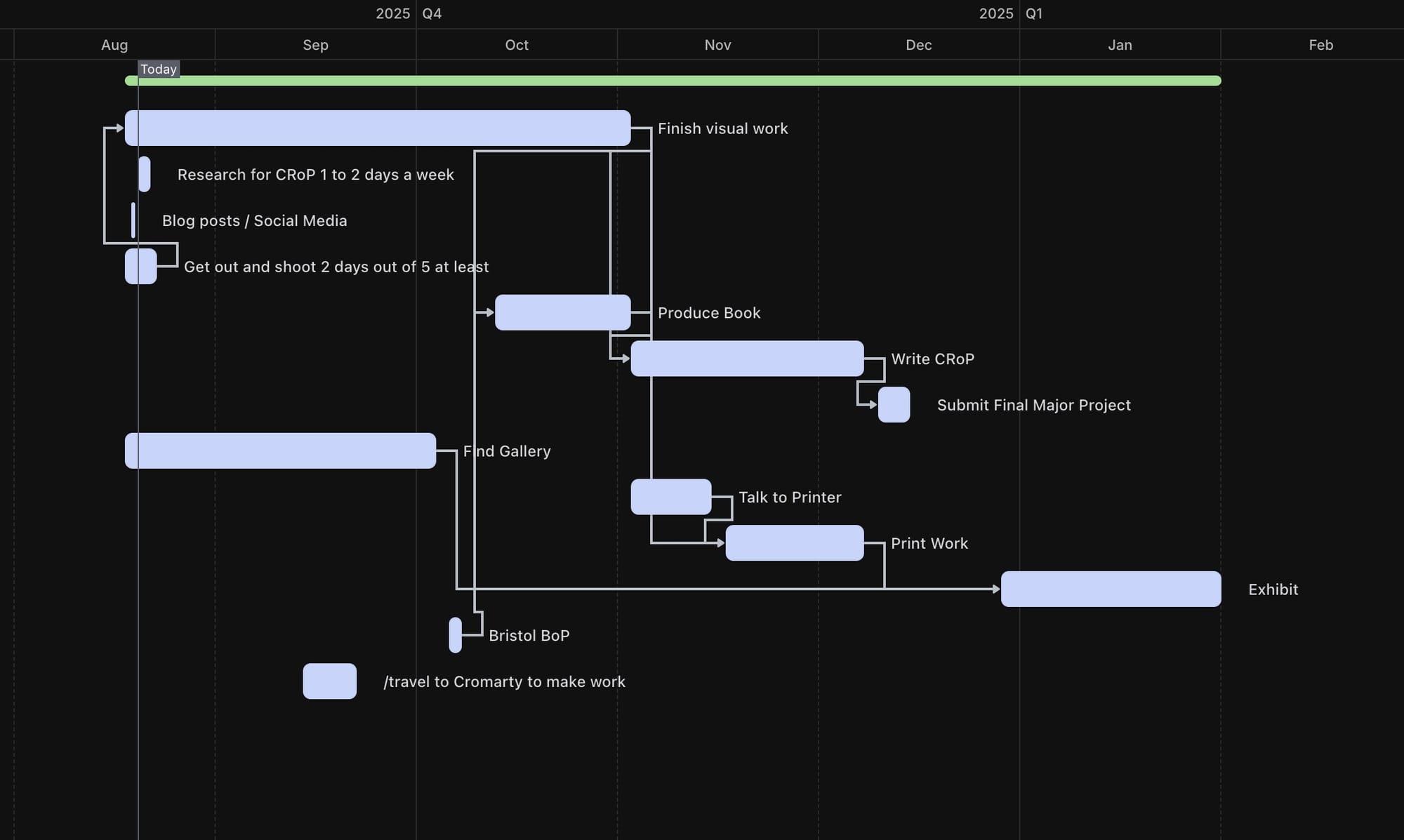
But still, I need to make many more images. I need to get out to some specific locations and throw this new process-based kitchen sink at them. These images are so time-consuming to make that a week of "experiment/failure/experiment again" could result in only one, two or even no images.
I’m a little hampered right now, as I have stitches (paper ones though, I was lucky) on my left index finger following a stupid DIY accident, so this week is going to be about research and writing.
But next week I have to increase my output by quite a lot.
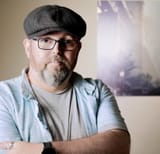
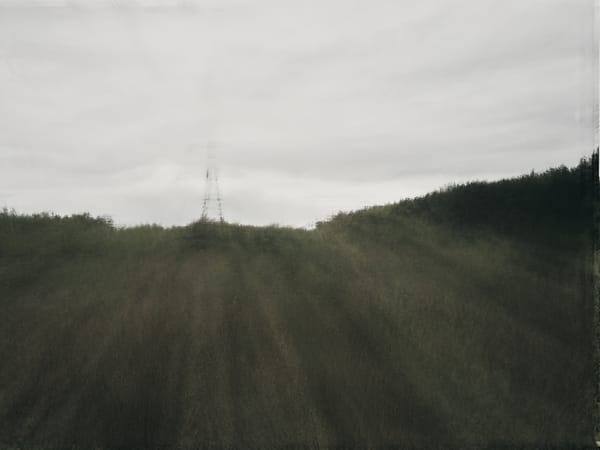
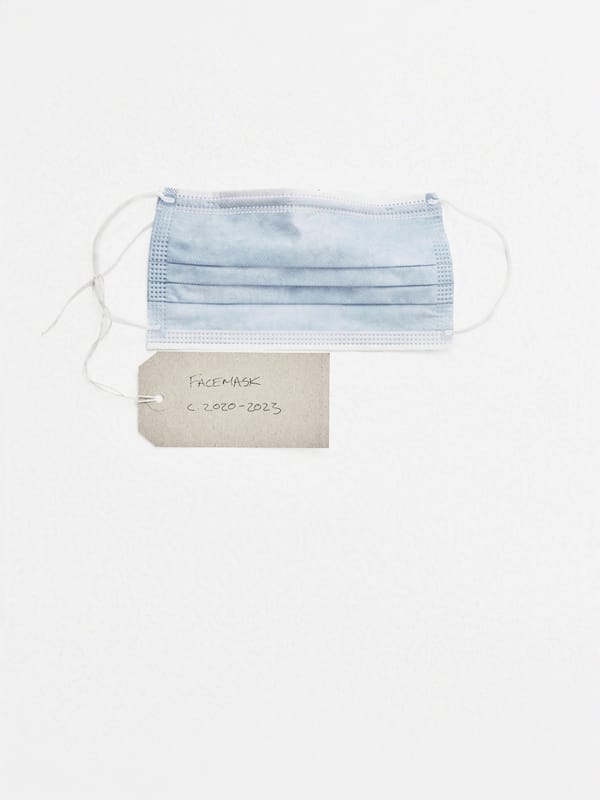
![Direction[less?]](/content/images/size/w600/2025/07/colour_Jul-01-2025moveandstack4TBA-protected-intensity-DEFAULT-V2-1.jpg)
